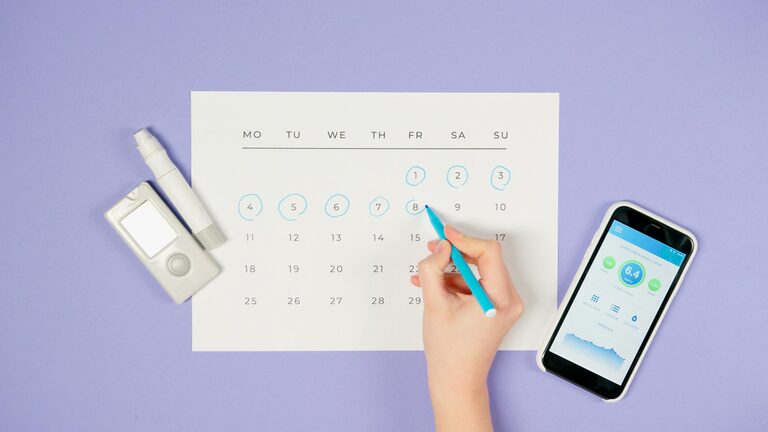In today’s digital world, many of us spend a large portion of our day in front of screens—whether for work, study, or entertainment. While technology has made life easier and more connected, it can also lead to eye discomfort and strain when used excessively. Protecting your eyes during screen time is important to maintain good vision and overall eye health.
This post will guide you through practical, easy-to-follow strategies to help protect your eyes from the effects of prolonged screen use.
Understanding Screen-Induced Eye Strain
Before diving into solutions, it helps to understand what happens when we use screens for long periods:
– Digital Eye Strain: Also known as computer vision syndrome, digital eye strain includes symptoms like dry eyes, headaches, blurred vision, and neck or shoulder pain.
– Blue Light Exposure: Screens emit blue light, which may disrupt sleep patterns and potentially cause eye discomfort.
– Reduced Blinking: When focusing on screens, people tend to blink less, which can dry out the eyes.
– Poor Posture and Lighting: Improper ergonomic setups and harsh lighting can worsen eye fatigue.
With this background, let’s explore how you can reduce these effects effectively.
Tips to Protect Your Eyes During Screen Time
1. Follow the 20-20-20 Rule
One of the simplest and most effective ways to reduce eye strain is the 20-20-20 rule. Every 20 minutes, look at something 20 feet away for at least 20 seconds. This allows your eye muscles to relax and reduces fatigue.
2. Adjust Your Screen Settings
Personalizing your screen’s display can make a big difference in comfort:
– Brightness: Match your screen brightness to the ambient light in the room. Too bright or too dim can cause strain.
– Text Size and Contrast: Increase text size for easier reading and use high contrast settings to reduce eye effort.
– Color Temperature: Some devices allow you to reduce blue light by adjusting the color temperature (often referred to as “night mode” or “blue light filter”).
3. Maintain Proper Lighting
Lighting plays a key role in reducing eye strain:
– Avoid excessive overhead lighting or glare on your screen.
– Position your screen to minimize reflections from windows or lamps.
– Use soft, indirect light sources when possible.
4. Position Your Screen Correctly
Ergonomics affect eye comfort significantly:
– Keep your screen about an arm’s length away (20–24 inches).
– The top of the monitor should be at or just below eye level.
– Tilt the screen slightly upward so your eyes look slightly downward to the screen.
5. Blink Often and Use Eye Drops
Since blinking tends to decrease while looking at screens, remind yourself to blink regularly to keep eyes moist. If your eyes feel dry, consider using lubricating eye drops made specifically for dry eyes (consult a pharmacist or eye care professional for recommendations).
6. Take Regular Breaks
Besides the 20-20-20 rule, incorporate longer breaks during your day:
– Stand up, stretch, and rest your eyes every hour.
– Use breaks to look at distant objects or walk outside if possible.
7. Use Anti-Reflective and Blue Light Glasses
If you wear glasses, talk to your optometrist about lenses with anti-reflective coatings that reduce glare. Blue light blocking glasses can also help reduce blue light exposure, especially if you use screens extensively at night.
8. Keep Screens Clean
Dust and fingerprints on your screen can reduce contrast and cause your eyes to work harder. Clean your screens regularly with a microfiber cloth and appropriate screen cleaner.
When to See an Eye Care Professional
If despite taking precautions, you experience persistent eye discomfort, frequent headaches, blurred vision, or changes in vision, it’s important to consult an eye care professional. They can check for underlying issues and recommend personalized strategies or corrective lenses if needed.
Conclusion
Protecting your eyes during screen time is achievable through simple adjustments and mindful habits. By following tips like the 20-20-20 rule, optimizing your screen setup, maintaining good lighting, and taking breaks, you can reduce eye strain and keep your eyes healthy in our digital age.
Remember, your eyes are valuable—taking care of them today will pay off for years to come!

